Last Updated on October 13, 2025 by Aram Vardanyan
There are not many things that represent Armenia and Armenians the way the Duduk does. The Armenian Duduk is more than an instrument; it has become a symbol of national identity.
Good-quality meditative Armenian duduk music, or a sad duduk melody, in my humble opinion, can awaken feelings. It inspires. It heals for our busy and ever-changing lives in today’s world.
But what is a Duduk? In this article, I will talk about this unique Armenian musical instrument in the world, about originality, and how it represents Armenia in the past, now, and in the future.

History of the Armenian Duduk Musical Instrument
So is the duduk Armenian? Yes, the duduk is an Armenian woodwind instrument that originated (not to be redundant) in the Armenian Highlands a long, long time ago.
For a little history of the duduk: some scholars propose that it dates back to the early Middle Ages (around 450 AD) or even before that, to the time of Tigran the Great (2000 years ago).
However, there’s also evidence through stone carvings and inscriptions from Urartian and Pre-Urartian times, where it’d already existed and was used, that is, 3000-3500 years before the present day.
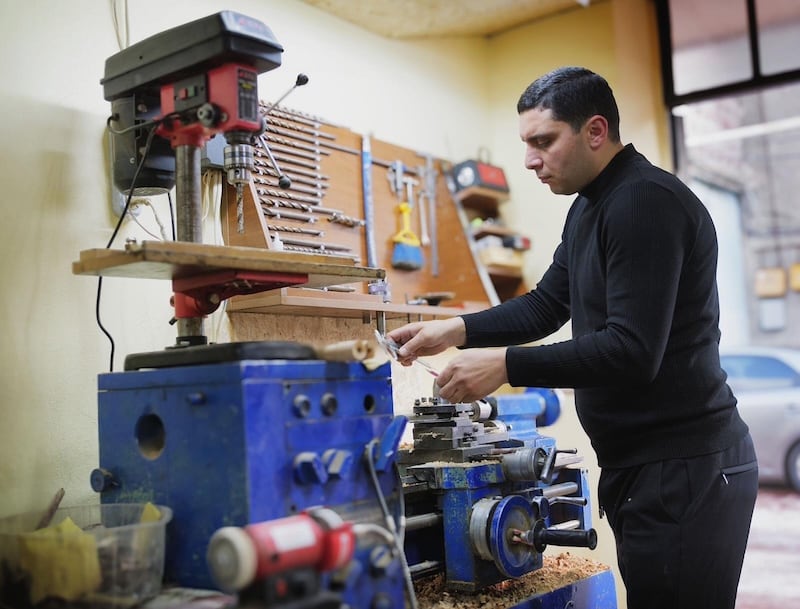
Considering the duduk instrument has found its way into other cultures and nations (each with its own variant), it’s still strictly associated with Armenians as the original creators.
FACTS ABOUT ARMENIAN DUDUK
- Origin: Earliest written mention from the 5th century AD (although some historians argue it could date as far back as 3500 years ago)
- World Recognition: UNESCO Intangible Cultural Heritage recognition (2008)
- Primary material: Apricot tree wood
- Size: Ranges from 28 to 40 cm, depending on the type
What Type of Wood is the Armenian Duduk Made Of?
One of the practices that is still mostly done by Armenians is the material that is used for it; the actual Armenian Duduk has to be made with wood from apricot trees.
That is also where it gets its other name from: tsiranapogh duduk (Ծիրանափող դուդուկ).
To ensure quality and sturdiness, the wood that will be used needs to undergo a process of about 8 years of aging before being assembled.
In fact, apricot trees are proven to have had their origins in the Armenian Highlands, which is why even the scientific name for the apricot is “prunus armeniaca” or “prunus armenius”.
In time, foreign variations of the duduk are made out of plum wood, cane, or other materials.
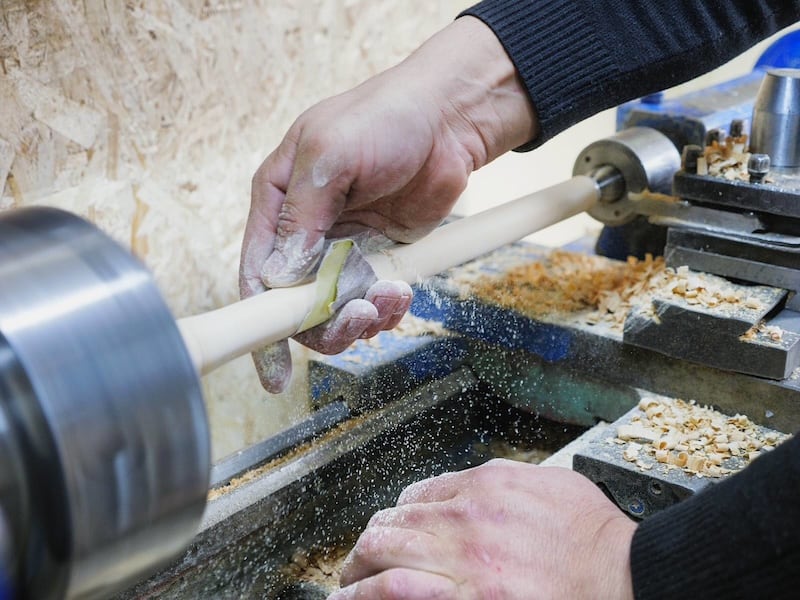
The apricot tree wood is said to give the instrument its distinctive, deep sound. Unlike any other, the sound of the Armenian duduk (especially the apricot wood duduk) is profound, filled with meaning, and almost nostalgic.
Heavily charged with feeling, it’s especially fitting for moments of deep thought, recently used mostly for relaxation, meditation, mourning, or studying, among other purposes.
Is it Easy to Play on a Duduk?
Nonetheless, there are actually 4 different types of duduk, varying in size; the longer the duduk, the lower the pitch (and vice versa, the shorter the instrument, the higher the pitch it has).
Despite what it looks like, it’s actually not that easy to play. Yes, you can find a duduk for sale or even buy a duduk online.
However, suppose you really want to know how to play the duduk. In that case, you should first know that a true duduk master needs to perfect the practice of circular breathing by storing a pocket of air inside their cheeks to keep blowing on the duduk reed, using that air at the same time as they inhale more air.
It is also customary for duduk to be played in pairs, with the main duduk playing the actual melodies, and the supporting duduk (also called dum duduk) providing a steady background sound that adds a whole different dimension to the music, enhancing the experience of listening to the duduk.
Duduk in Movies and the Most Popular Armenian Duduk Player
Countless talents have graced this world over thousands of years by playing skillfully this enigmatic musical instrument.
However, it is generally believed that the best representative of Armenian duduk players of all time was Djivan Gasparyan, who unfortunately passed away just recently in 2021.
Nonetheless, he made a huge difference by taking this unique sound to new heights and making it globally widespread. He was the one behind the famous soundtrack for the 2000 award-winning epic blockbuster Gladiator.
That being said, it wasn’t the only time the duduk made the big screen or the small screen, either, for that matter.
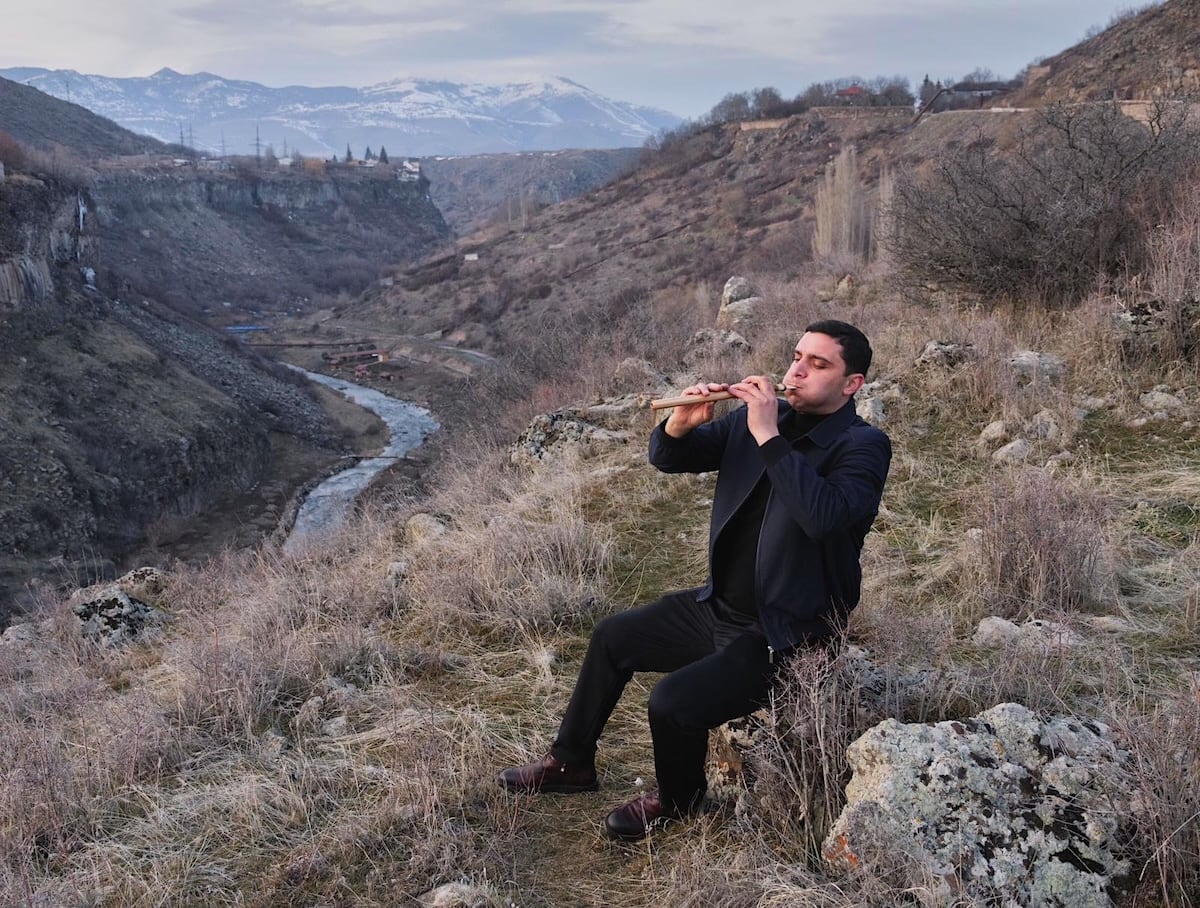
You can find duduk in movies like Avatar, Pirates of the Caribbean, The Last Temptation of Christ, Dune, and shows like Avatar: The Last Airbender, Game of Thrones, and Buffy the Vampire Slayer.
There’s also a lot of traditional duduk songs, but the most notable one is Dle Yaman, a nostalgic and unforgettable melody about a lost love.
The Armenian duduk became so widespread as a generic sound, capable of appealing and relating to deep, timeless, human feelings, that it is now curiously also used for non-Armenian ethnic settings in media and the movie industry.
A lot of times, when a movie, show, or scene is set in an “exotic” or Middle/Near Eastern location, they’d use duduk as the background sound.
The first time I heard Armenian Duduke was getting international recognition was during th live concert of the Greek composer Yani.
Duduk is a UNESCO Intangible Cultural Heritage of Humanity
By 2008, this instrument had become so globally famous and closely associated with Armenian culture and traditional Armenian music that UNESCO had finally decided to proclaim it as the first official element of the Intangible Cultural Heritage of Humanity for Armenia, under the music category.
Furthermore, this decision paved the way for more elements of Armenian identity to be recognized as such by said organization.
FUN FACT: To this day, there’s a total of 8 UNESCO Intangible Cultural Heritage of Humanity pieces attributed to Armenia and Armenians.
Traditionally, in Armenian folk music, it was used in various settings and occasions, including weddings, funerals, national holidays, ceremonies, and dances.
Duduk used to be featured in all of them, making the occasion a more memorable one for all attendees and enhancing the experience for them through music.
However, unfortunately, recently we’re seeing a gradual decrease in how much duduk is used, as well as the environments or nature of the occasion it’s used for.
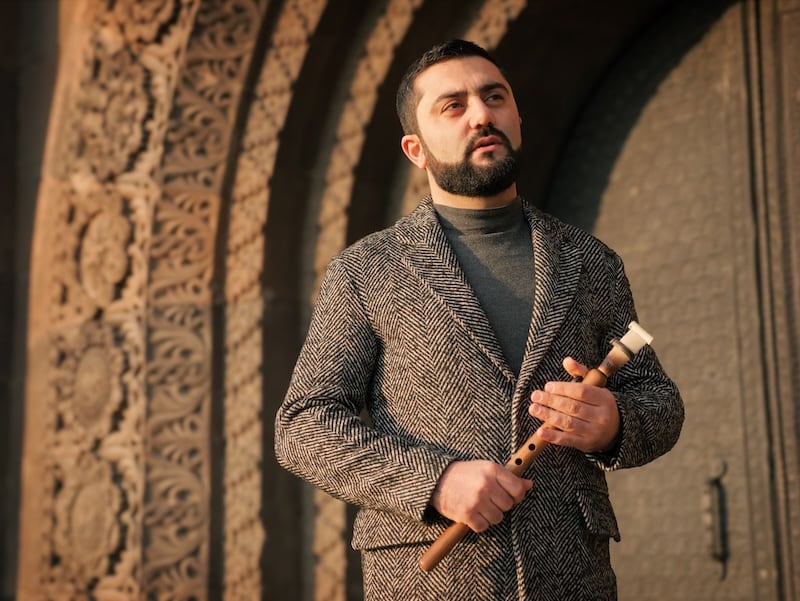
Nowadays, Armenian duduk music is more commonly associated with gloomy and (let’s be real) sad moments, and most times strictly on stage rather than in a more “everyday” situation.
Even though some (or many, nowadays) would associate it with rather sad moments and feelings, one could also argue that the duduk is instead a soulful source of music.
How Much does Duduk Cost in Armenia?
The cost of an Armenian Duduk in Armenia varies widely depending on its quality, the master who made it, and the materials used, like aged apricot wood.
- Beginner/Souvenir: ( USD)
- Semi-Professional/High-Quality: ( USD)
- Concert/Professional-Grade: ( USD)
Key Accessories (Additional Costs):
- Reed (Ghamish): ( USD)
- Case: ( USD)
TIP: For a playable instrument, buy directly from a reputable master craftsman, not the tourist market.
So, Why is Duduk Unique?
Furthermore, it’s not just music that comes out of it, but rather a story. A deeper, primordial feeling that’s hard to explain with words.
Duduk has become so well known in this day and age that it has launched a curious phenomenon. On the one hand, it unifies the whole Armenian nation around it and is widely regarded as the Armenian national instrument.
As soon as you mention the word “Armenian”, duduk is one of the very first things that will come to mind for most people (Armenian or not) – especially if you narrow it down to music.
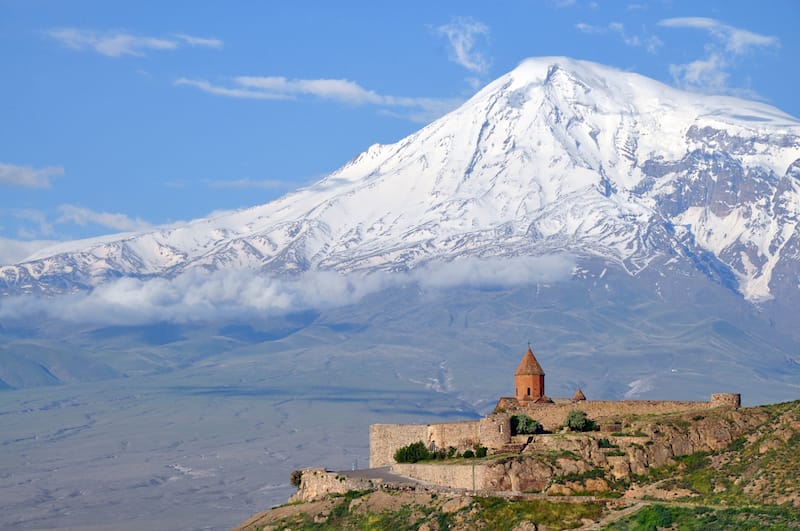
Yet at the same time, it’s now played all over the world, by people from all backgrounds.
Over time, more and more non-Armenians find themselves absolutely enamored and in awe of its sound and are learning the sophisticated craft that is playing the Armenian duduk.
A hum that resonates with many, the soulful duduk sound is unlike any other.
An instrument that is as old as it feels, as old as time itself. In a world full of despair and destruction, the duduk still resists the nick of time.
A representation of the Armenian nation’s resilience and time-old history. The sound of eternity.
